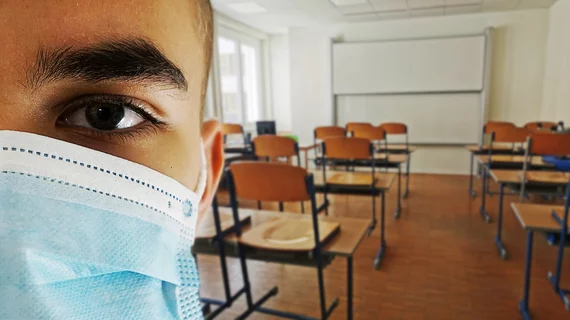ASRT student enrollment survey reveals decreases across radiography, impact of COVID on programs
The American Society of Radiologic Technologists recently released the results of its annual "ASRT Enrollment Snapshot" survey, offering insights into enrollment trends across radiography, nuclear medicine and radiation therapy programs for 2021.
The survey was sent to all 961 directors of American Registry of Radiologic Technologists-approved programs, of which 277 (28.8%) participated. The directors were asked questions pertaining to increases and decreases in enrollment and the number of students who graduated or failed to complete programs, etc. Questions pertaining to how COVID-19 has affected clinical rotations and enrollment volumes were also included.
The results revealed that radiography programs saw a very slight decrease in enrollment, dropping down to 15,477 students in 2021 compared to 15,620 in 2020. In contrast, both nuclear medicine and radiation therapy programs showed an increase in these numbers. Nuclear medicine program enrollment increased to 1,300 in 2021 compared to 1,076 in 2020, and radiation therapy followed suit with 1,275 student in 2021 versus 1,182 in 2020.
For the second year in a row, the question “how many clinical sites are currently allowing students to complete clinical procedures at their site?” was included in the survey. In May 2020, only 39% of clinical sites were allowing students to complete exams and procedures, however, it should be noted that this was during the first six months of the pandemic. According to the 2021 survey, those numbers still have not fully recovered but there's been about a 10% increase.
The number of programs allowing students to complete exams on patients with known or suspected COVID-19 also decreased in 2021. In October of 2020, 74% of programs allowed students to have contact with such patients, but only 61% approved of doing so in 2021.
All programs were inevitably forced to make adjustments to their educational practices due to COVID. But the survey results reveal resiliency in the directors’ abilities to adapt by offering virtual solutions, online resources, adjusted clinical requirements and extended schedules. These all allowed students to meet their requirements at a later date—a trend that has been witnessed across healthcare education.
You can view the full survey results here.

